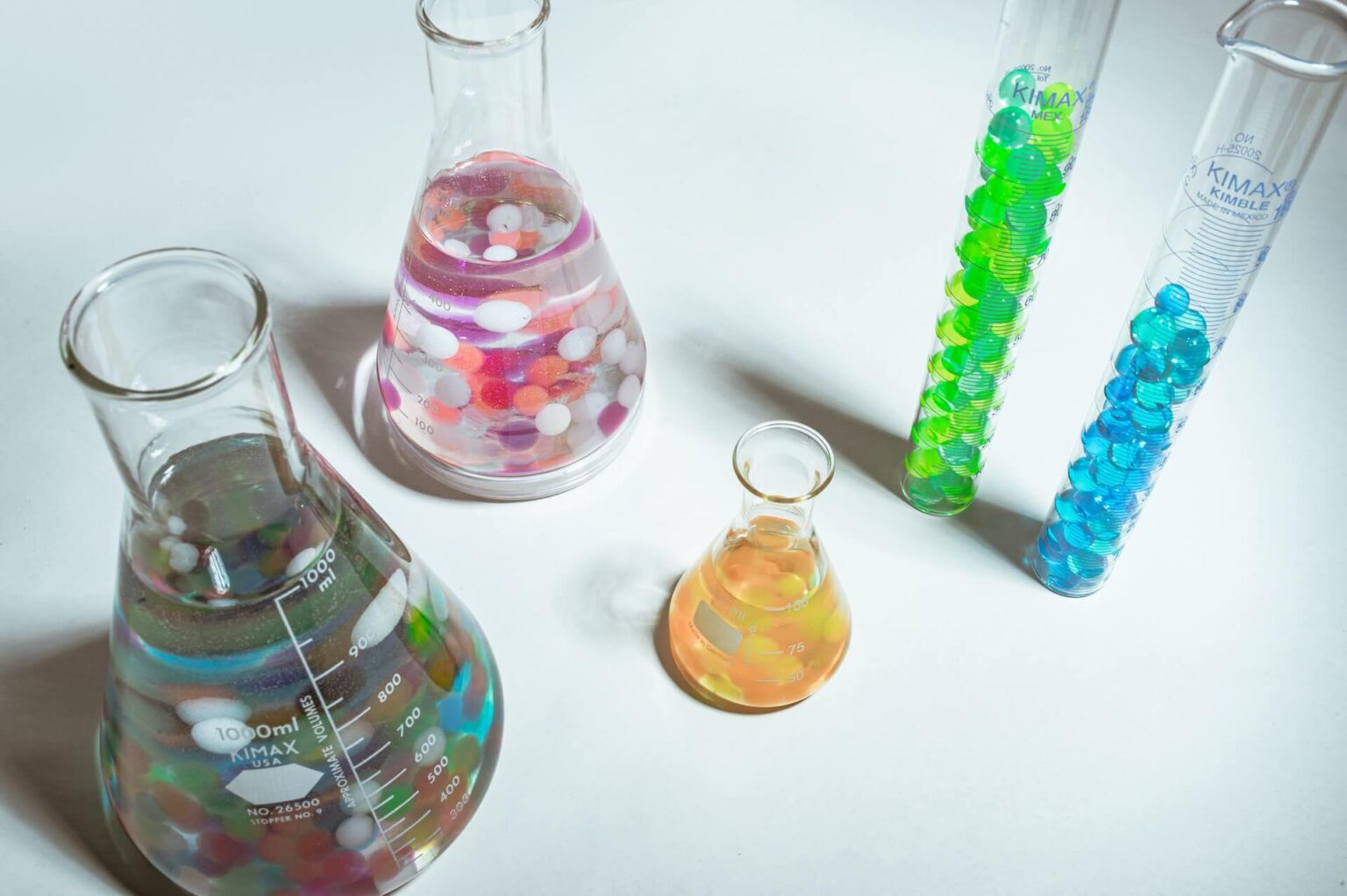If you’ve ever been curious about exploring the hidden landscapes of a microscopic world, now is your chance! With some basic supplies and safety precautions in place, you can conduct at-home experiments that allow you to study microbiology right from the comfort of your own home. You don’t need fancy lab equipment nor do you need advanced knowledge — just a few simple ingredients and an eagerness for discovery are all that’s required to start making astonishing discoveries. Keep reading to find out how easy it is to get started on these exciting adventures into microbiology.
Get a mushroom grow kit
Are you looking for a new and exciting way to bring some greenery into your home while learning something new? Look no further than a mushroom grow kit — they come in various shapes and sizes and are an excellent way to understand the basics of microbiology. A mushroom grow kit allows you to observe the lifecycle of mushrooms, from spore germination all the way through fruiting (when they produce mushrooms). And the best part? You get to enjoy the fruits of your labor with fresh and flavorful mushrooms that you can add to your favorite recipes.
Staining bacteria for further examination
Often, the first step in examining bacteria is to stain them to become more visible under a microscope. This process involves dyeing the bacteria with a certain color or combination of colors to allow you to observe their size, shape, and structure. With these details, you can identify different species of bacteria and examine their behavior. Staining is a common method used in microbiology to understand how bacteria operate and how to control them effectively. Therefore, you can uncover valuable information for developing new antibiotics or other treatments that may fight against bacterial infections.
Growing a culture of bacteria in an agar plate
Growing a culture of bacteria in an agar plate can be a fascinating and rewarding experiment. Agar plates provide a sterile environment for bacteria to grow and can be used to observe microbial colonies and study their characteristics.
Cultivating a diverse range of bacteria on an agar plate requires careful attention to detail and a degree of patience, as the growth process can take several days. However, the results can be truly incredible as the plates become adorned with intricate and colorful patterns, providing a glimpse into the complex world of microbiology. If you are just starting out in the world of biology, this experiment is an excellent introduction to the basics of microbiology.
Isolating a strain of yeast from fruits
Yeast has been used in baking and brewing for centuries, but did you know that it can also be found in certain fruits? Isolating a strain of yeast from these fruits can open up a world of possibilities for creating new flavors and infusing homemade creations with a unique touch.
While it may seem daunting to embark on this scientific mission, the rewards can be well worth the effort. Imagine the satisfaction of baking a loaf of bread or brewing a beer using yeast that you personally isolated from a fresh piece of fruit. The possibilities are endless and the flavors are sure to be one-of-a-kind.
Observing the growth of mold on bread
Have you ever left a slice of bread on the kitchen counter for longer than intended and noticed a strange growth on it? That’s mold, and it’s fascinating to observe its growth. Mold is a type of fungus that thrives in warm and moist environments, making bread the perfect breeding ground.
As mold develops, it produces spores that spread and create more growth, almost like a colony.
From a scientific perspective, observing the growth of mold is an interesting process that can teach us about the life cycle of fungi and how they adapt to different environments. But from a practical standpoint, it’s a reminder to keep our kitchens clean and our food fresh.
Different temperatures on enzymes found in food samples
Enzymes are essential proteins found in food samples that are responsible for carrying out crucial biochemical reactions. One of the biggest factors that affect the efficiency of enzymes is temperature. Therefore, studying the effect of different temperatures on enzymes can provide valuable insights into how they function.
When altering the temperature of food samples containing enzymes, you can monitor how their activity changes. This research can help us understand the optimal temperature range for various enzymes and how cooking or processing methods can impact their efficiency. Ultimately, such knowledge can lead to improved food quality and health outcomes.

Thanks to the power of innovation and technology, it has never been easier to explore the world of microbiology at home. Whether you’re a beginner or an experienced scientist, these experiments are sure to bring out your inner researcher and inspire new discoveries! From staining bacteria for detailed examination to growing cultures in agar plates, there is something for everyone in this fascinating field.








